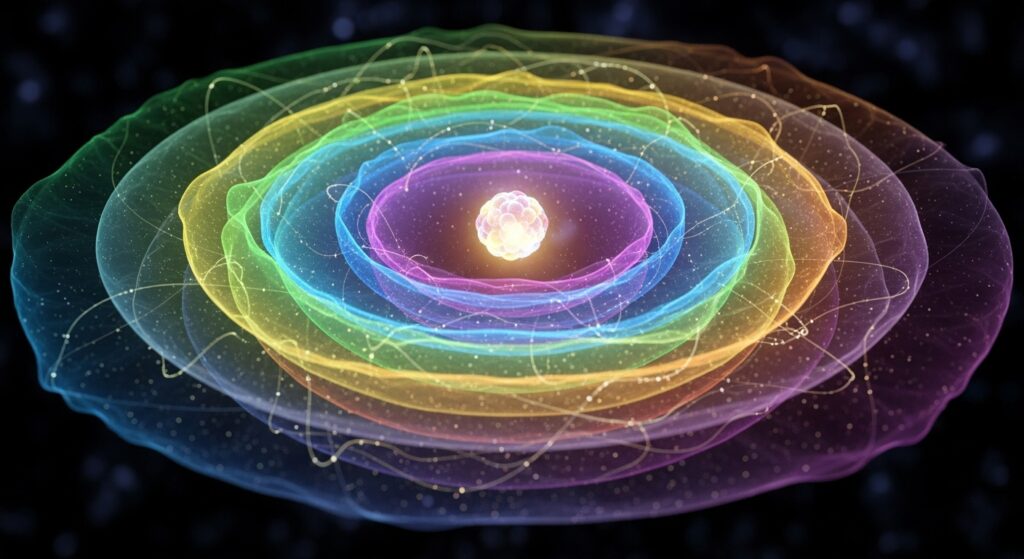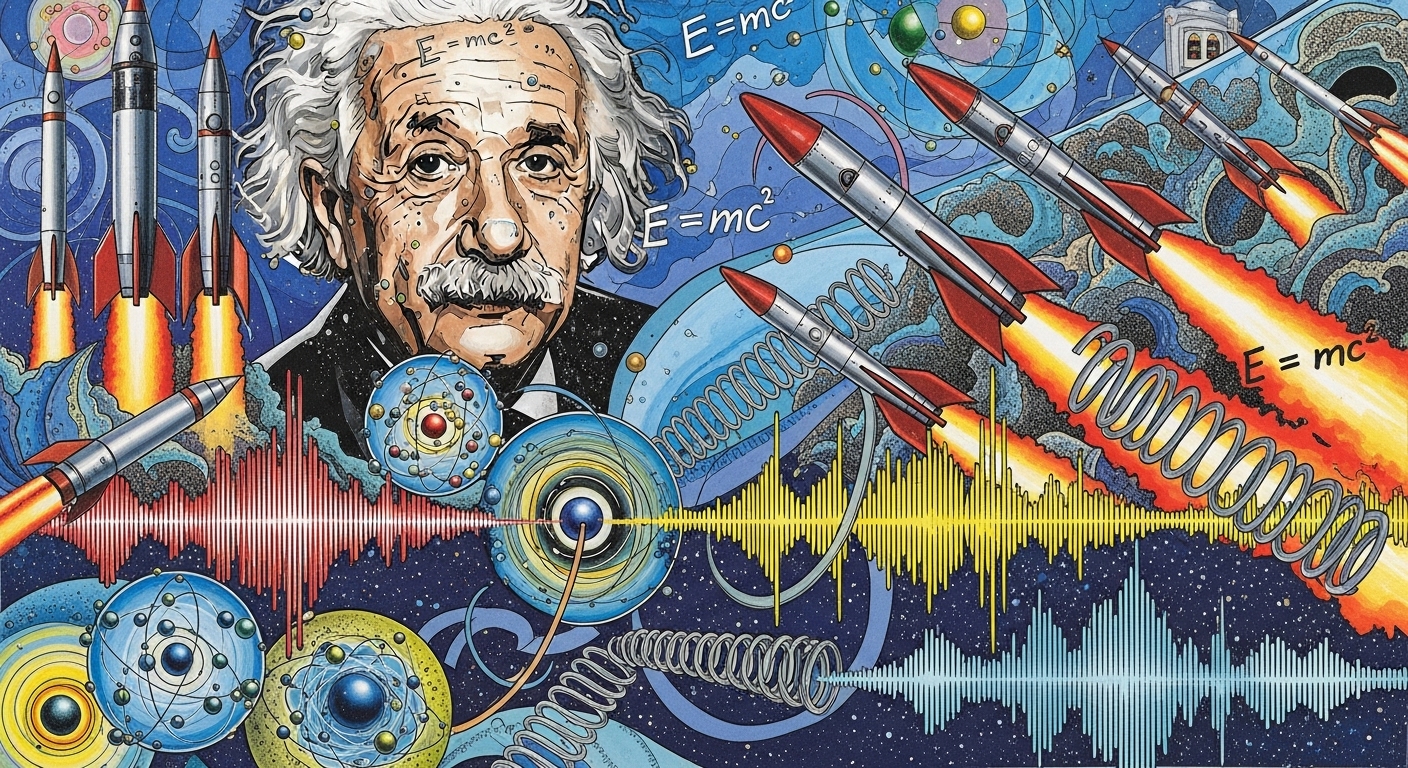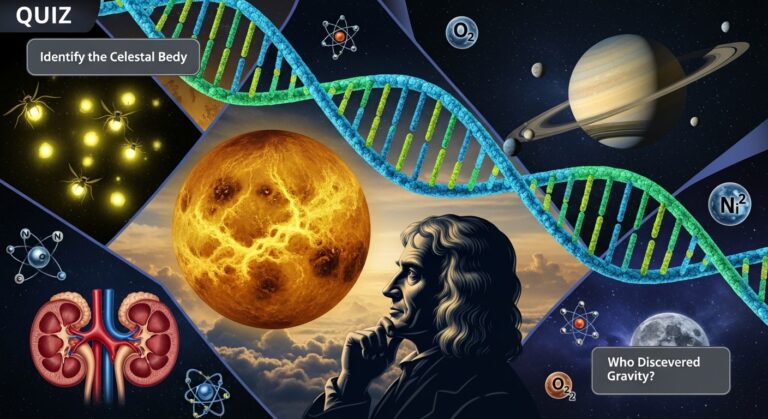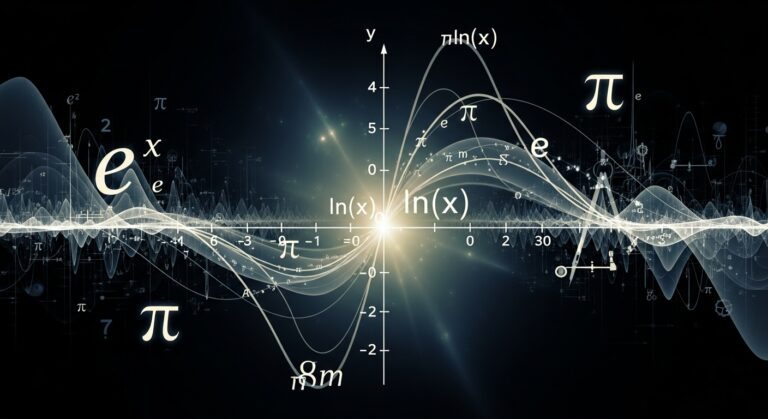Physics Quiz: 10 Questions to Test Your Knowledge of the Physical World
Physics is one of the most remarkable sciences ever developed by humanity. It explains the movement of planets, the behavior of particles, the nature of electricity, and even how time and space interact.

A physics quiz like this one is more than a simple test; it is an invitation to explore the fundamental laws governing our universe. Whether you are studying motion, energy, waves, matter, or electricity, physics shapes how we understand reality itself.
The Importance of Units: Ohms, Newtons, and Joules
In physics, precise measurement is essential. Units standardize how we describe natural phenomena. For example, electrical resistance is measured in ohms (Ω), a unit named after the German physicist Georg Ohm. His research helped form the foundation of electrical circuits, leading to technologies such as radios, computers, and power grids.
Similarly, the unit of force, the newton (N), pays tribute to Isaac Newton’s groundbreaking work on motion and mechanics. Understanding units is crucial not only for solving physics problems but also for interpreting laboratory data, engineering calculations, and scientific research.

Newton’s Laws and the Motion of Rockets
One of the quiz questions concerns Newton’s Third Law: “For every action, there is an equal and opposite reaction.” This principle explains the movement of rockets. Even in the vacuum of space—where there is no air to push against—a rocket can accelerate because it ejects gas in one direction, producing thrust in the opposite direction.
NASA provides excellent explanations of rocket propulsion at:
https://www.nasa.gov/stem-ed-resources/rocket-science-action-reaction.html

The Speed of Sound: Why It Matters
Sound travels differently depending on the medium. In air at room temperature, its speed is about 343 m/s. In water and solids, sound travels even faster because particles are packed more tightly. This physical property is essential for designing musical instruments, sonar systems, architectural acoustics, and even medical ultrasound imaging.
For more on sound speed, you can check:
https://www.britannica.com/science/sound-physics

Scalars vs. Vectors: Understanding Physical Quantities
Physics uses two types of quantities:
- Scalars — only magnitude (temperature, mass, energy)
- Vectors — magnitude + direction (velocity, force, displacement)
Temperature, the correct quiz answer, does not involve direction and is therefore considered a scalar. Understanding the difference helps students solve problems correctly, especially in mechanics and electromagnetism.
The World of Particles: Electrons, Protons, and Neutrons
Electrons are tiny subatomic particles carrying a negative charge. They orbit the atomic nucleus and play a key role in electricity, chemical bonding, and quantum mechanics. The electron’s discovery revolutionized physics and chemistry, opening the door to electronics, particle physics, and quantum theory.
Learn more about electrons at:
https://www.britannica.com/science/electron

Light Bending in Water: The Magic of Refraction
Refraction occurs when light changes speed as it travels from one medium to another. This is why a straw appears bent when placed in water. Refraction allows lenses to focus light, cameras to capture images, and eyeglasses to correct vision. It also explains optical illusions, rainbows, and the design of telescopes.
Elastic Potential Energy: The Power Stored in Springs
When a spring is stretched or compressed, it stores elastic potential energy. This concept is fundamental in engineering, mechanics, toys, clocks, and even biomechanics. The more the spring is deformed, the greater the energy stored. Hooke’s Law describes this behavior mathematically, showing a direct relationship between force and extension.

Waves and Frequency: Understanding Pitch
Sound pitch is determined by frequency. Low frequency produces deep tones, while high frequency creates high-pitched sounds. Frequency is measured in hertz (Hz), and the human ear typically detects frequencies between 20 Hz and 20,000 Hz. This concept also applies to radio waves, microwaves, and electromagnetic radiation.
Albert Einstein and the Theory of Relativity
Einstein transformed physics with the special and general theories of relativity. His formula, E = mc², established the connection between mass and energy. General relativity describes how mass curves space and time, influencing the motion of planets, stars, and light. These ideas are essential for understanding black holes, GPS accuracy, and the expansion of the universe.
A detailed explanation can be found at:
https://www.space.com/einstein-theory-of-relativity-explained
Why This Physics Quiz Helps You Grow
Physics explains the forces, motions, energies, and particles that govern our universe. By exploring topics such as sound, electricity, relativity, and atomic structure, this physics quiz helps you develop stronger analytical thinking and a deeper appreciation of science. Whether you are preparing for school, improving your general science skills, or simply satisfying your curiosity, understanding physics enriches your ability to interpret the world around you.







